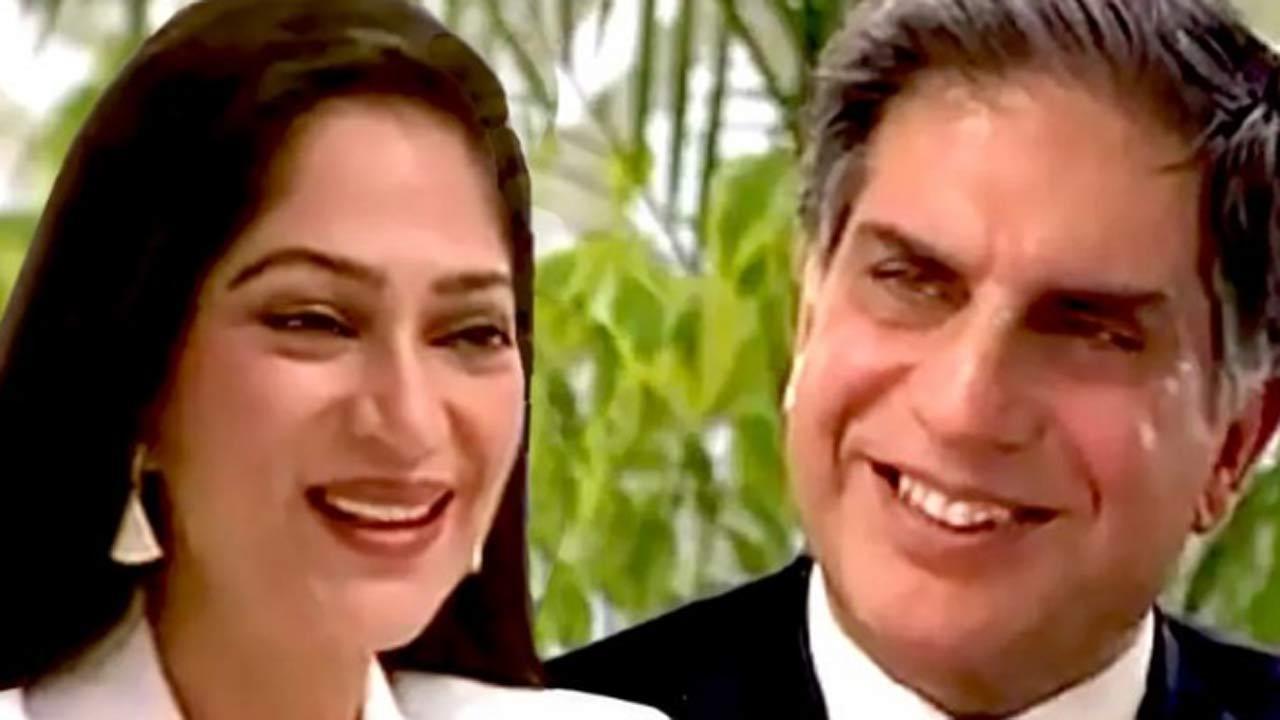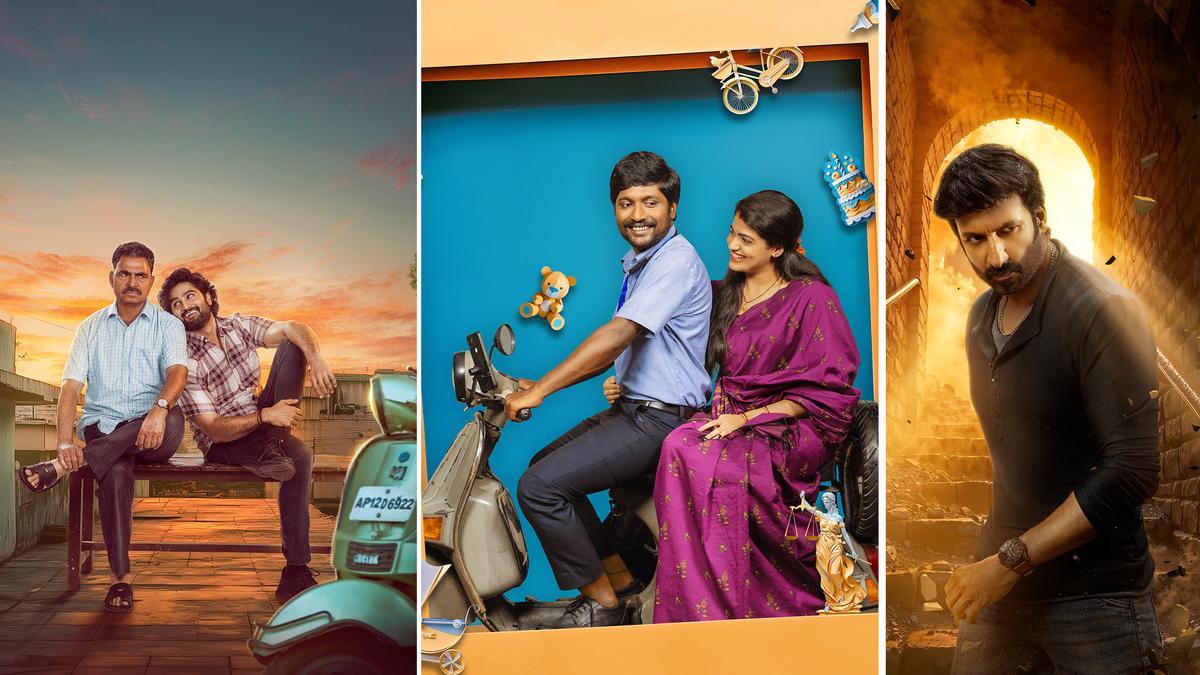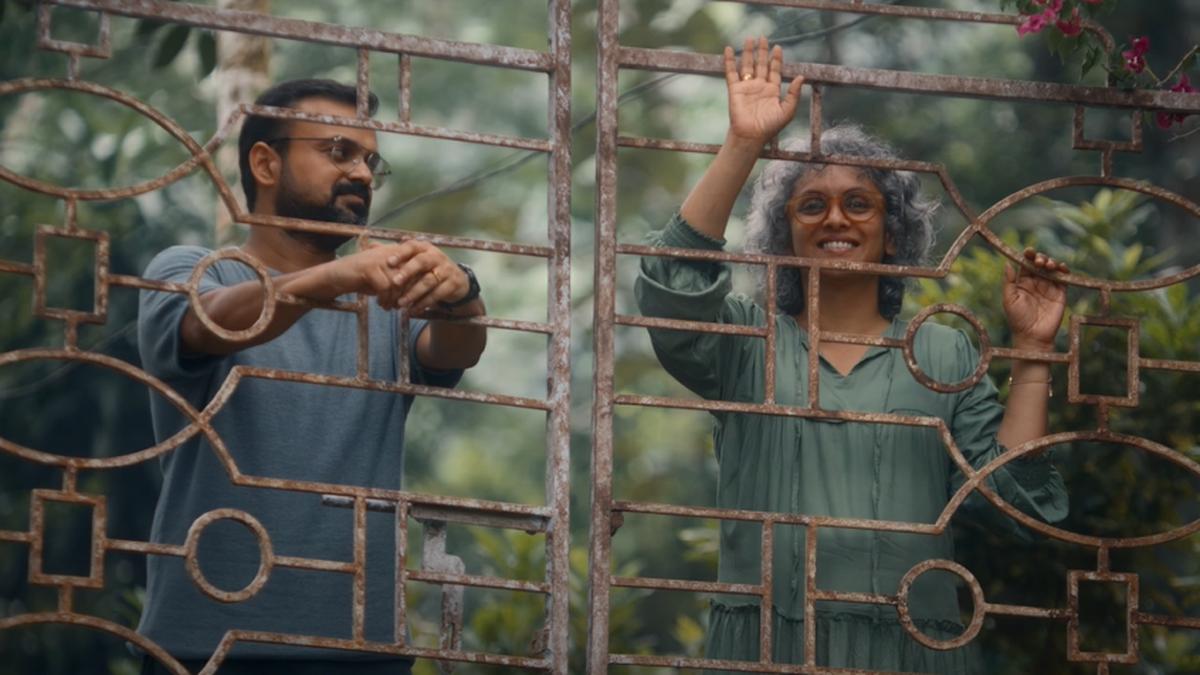
This year witnessed not one but two cinematic triumphs from actor Vijay within the Tamil film industry. While one of his successful endeavors, “GOAT,” features him portraying a 50-year-old character, the other, originating from the 2004 box office hit “Ghilli,” takes audiences back to his 30-year-old self. Contrary to any assumptions of AI-driven de-aging techniques, the latter’s resurgence is due to its re-release. As reported in various media outlets, this retread of “Ghilli” has surpassed earnings of ₹50 crore, rivalling its initial box office achievements when it first graced the screens.
Scenes from “Ghilli” underscore a broader trend captivating moviegoers and cinema operators alike: the re-release of classic films. This movement spans decades-old gems and modern cult favorites alike, reviving them for the theater experience. While the re-release phenomenon is complex with roots difficult to pinpoint precisely, two significant events marked its recent revival: the Amitabh Bachchan retrospective in October 2022 and Mahesh Babu’s “Pokiri” in August 2022.
Despite individual re-releases existing previously, their frequency increased post-lockdown, spanning varied markets and cultivating financial viability. The fiscal year 2024 represents a pivotal period for re-releases reaching critical mass. Niharika Bijli, head strategist at PVR INOX, reflects on this change, emphasizing how films like “Rockstar” and “Laila Majnu” spotlight a lucrative model being a draw despite their availability on OTT platforms.
Re-releases can be categorized generally into two types: recent films like “Tumbbad” (2018) shot on digital media, offering easily redeployable 4K prints, and older films such as “Manichitrathazhu” (1993), which require extensive ‘remastering’ to transition from original film to 4K digital prints. This conversion process is labor-intensive, commencing with obtaining the original camera negative. Abhishek Prasad, CTO of Prasad Corporation in Chennai, an industry leader in film restoration, highlights the challenges faced with poorly preserved films. These films often become brittle, stuck together, or have chemical deterioration making the transfer from analog to digital arduous.
India’s struggle with film preservation is notable, with many producers historically neglecting proper storage once films ceased making money. Films, sometimes entrusted to storage labs, suffered further during COVID-induced shutdowns, leading to adverse effects like negatives deteriorating beyond salvageable quality.
. For “Manichitrathazhu,” a Mohanlal-Shobana feature, the restoration team led by Unaise Adivadu at Matinee Now faced the hurdle of missing camera negatives, instead relying on a less optimal positive print for restoration. The process entailed cleaning the print manually and electronically, scanning at up to 14K resolution, then digitally repairing defects from mold, fungus, or tears. Additional efforts included audio re-mastering to transition the film’s mono soundtrack into a multi-channel mix matching contemporary expectations.
The film’s successful re-release reflects a striking trend among similarly high-profile projects in recent times. Producers and distributors realize these cultural assets present a lower-cost avenue with compelling potential returns when compared to fresh releases. Timing, as per Bijli, plays a crucial role, generally ensuring these reanimated titles hit screens during leaner times without clashing with new blockbusters.
So, what fuels audiences’ return to cinemas for these reissues? Often blamed on nostalgia, the attraction belies deeper factors. As film critic Tanul Thakur intimates, the promise of a known, gratifying viewing experience contrasts with today’s on-demand culture, where audiences want control over their viewing to avoid disappointment. Familiarity garners a guaranteed satisfying experience, a natural draw for audiences previously unexposed to the communal aspects of older cinematic classics in theaters.
Many younger viewers have yet to experience legendary actors like Dilip Kumar or Dev Anand grace the silver screen in a theater setting. For Shivendra Dungarpur, initiator of the Film Heritage Foundation, re-releases facilitate this connection, offering a shared audience experience lost with newer releases.
Additionally, such successful marketing aligns when contemporary releases falter, particularly Bollywood and Tamil industries notably sparse in recent hits. An oversaturation of certain film genres may disenchant audiences, resulting in the resurgence’s fresh appeal. As critic Aditya Shrikrishna notes, this re-invigoration caters to long-alienated demographics.
Beyond nostalgia and economics, audiences simply enjoy the lavish visuals of a 4K film projected on a theater screen, a stark contrast to digital streaming. Arguably, the re-release model epitomizes a win-win scenario across the board, securing benefits for audiences, theaters, and filmmakers alike.










